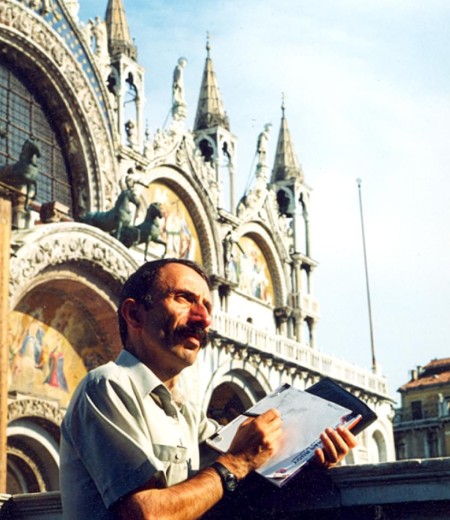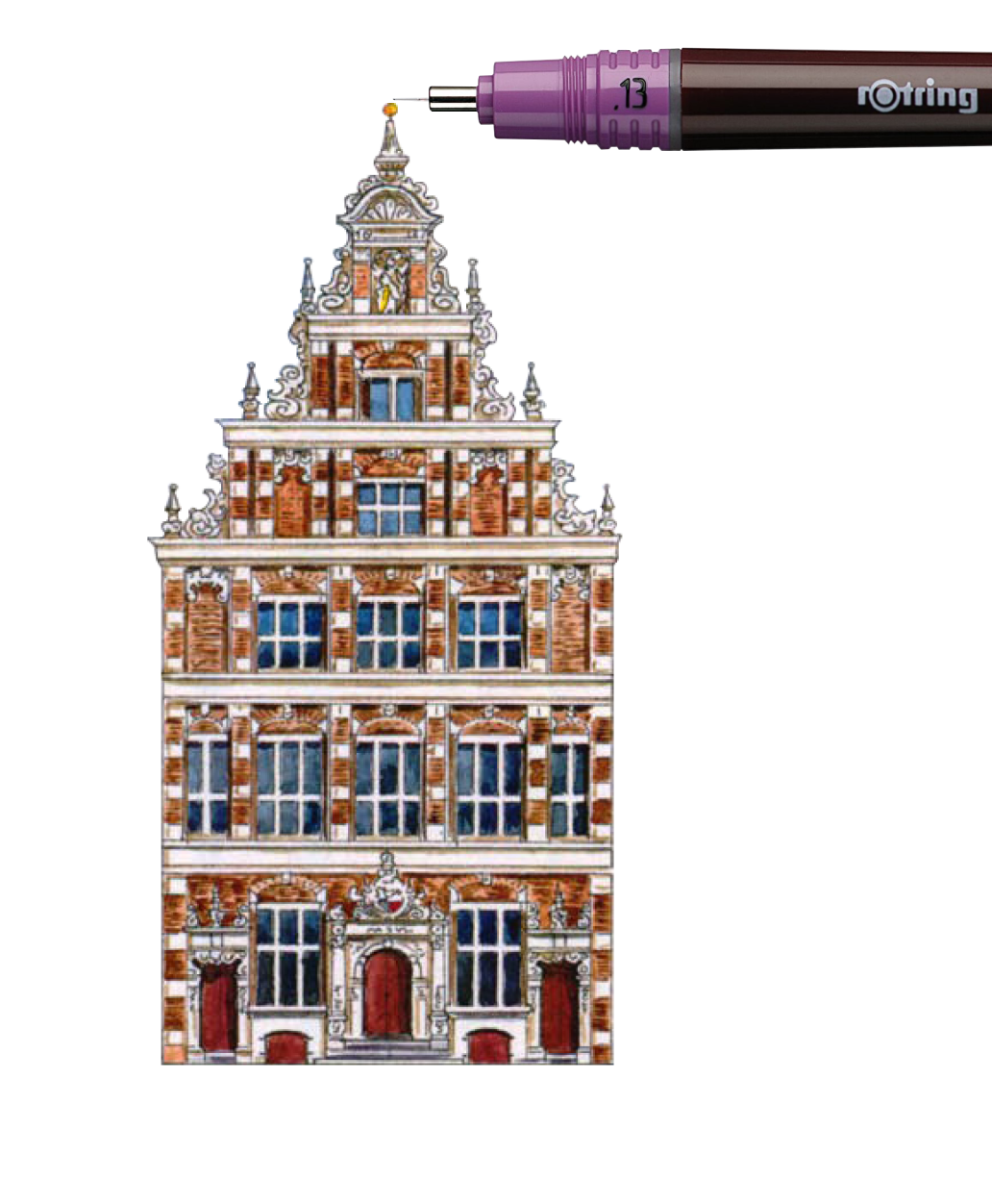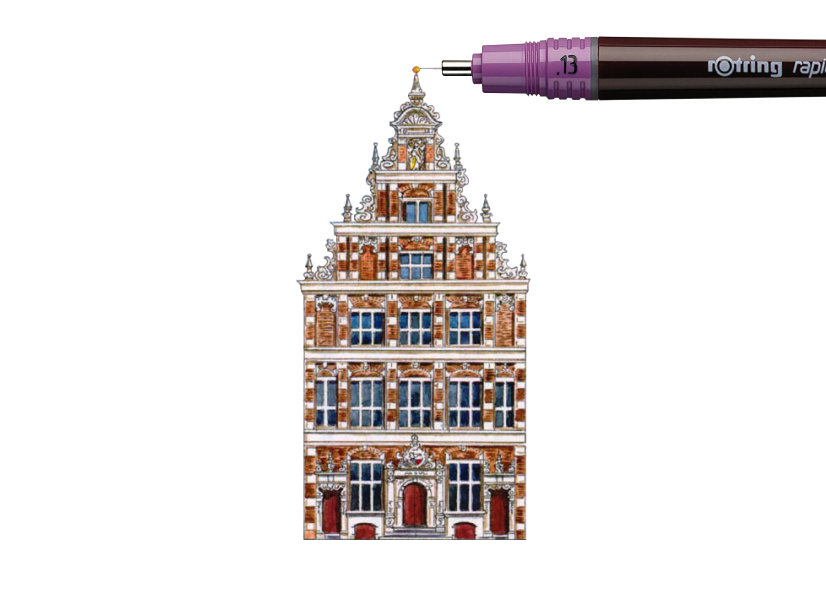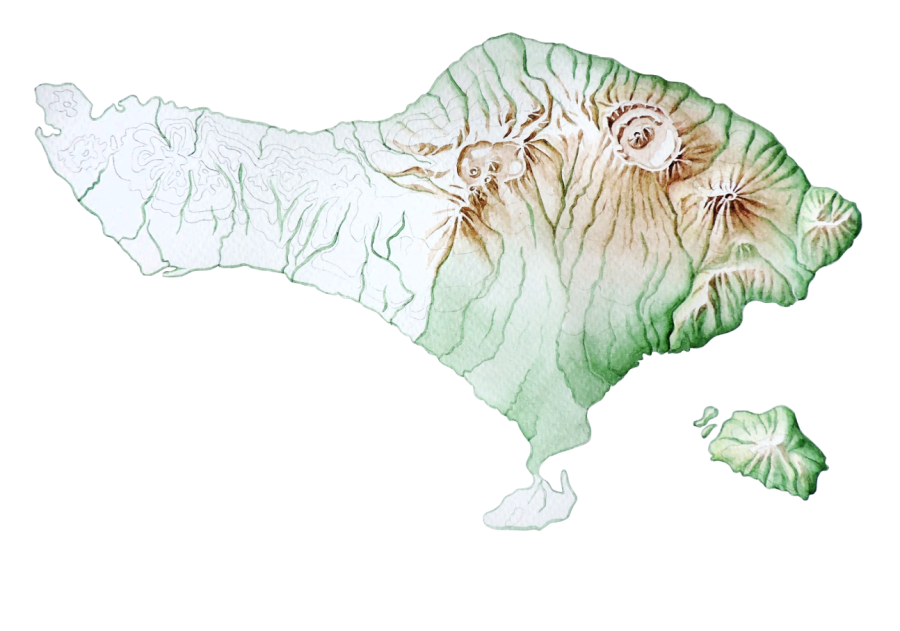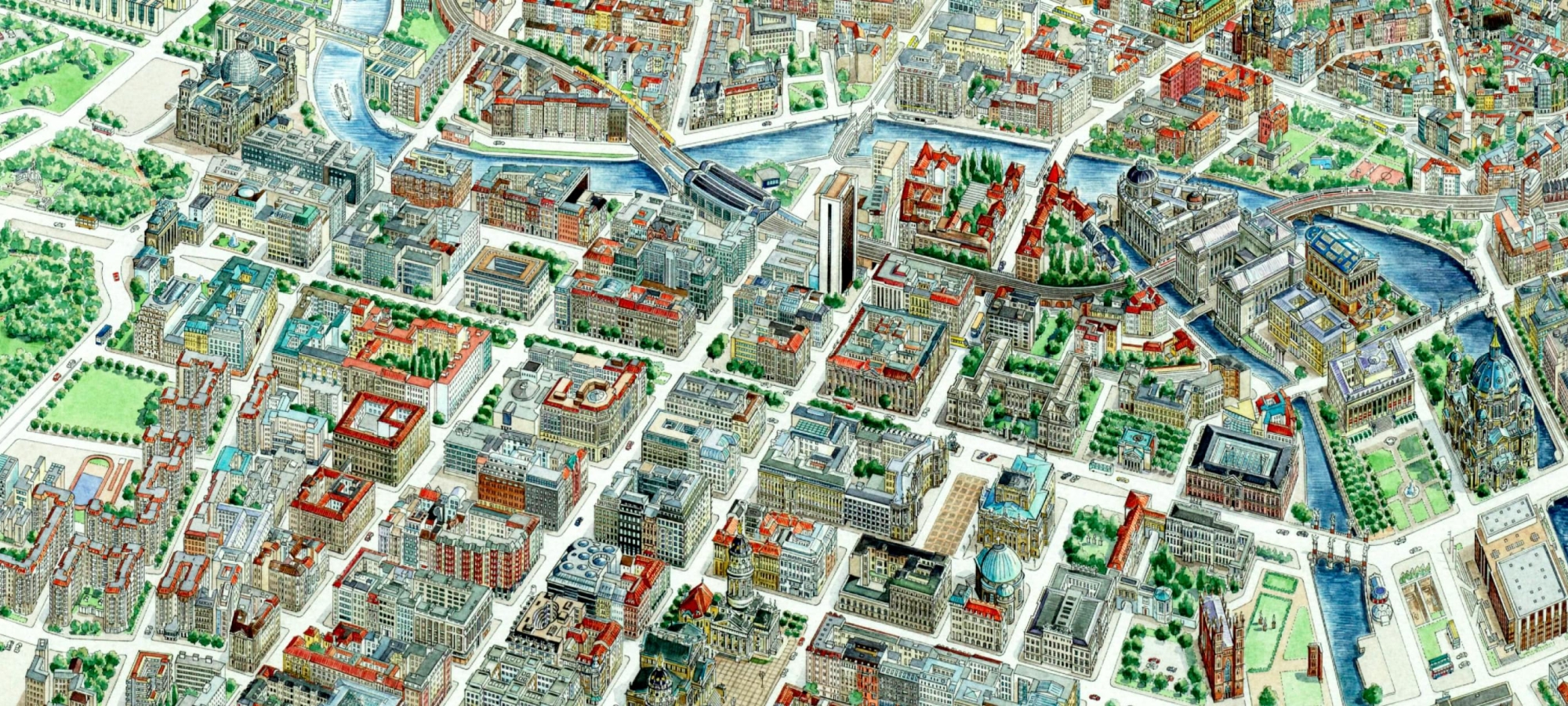Awards
-
Main award at the 20th International cartographic conference
Beijing, China 2001
Venice map
-
Main award at International Travel Conference of the ICA
St.Petersburg, Russia
Map of Belarus
-
Main award (urban map nomination) at the 21th International cartographic conference
Durban, South Africa, 2003
Berlin map
